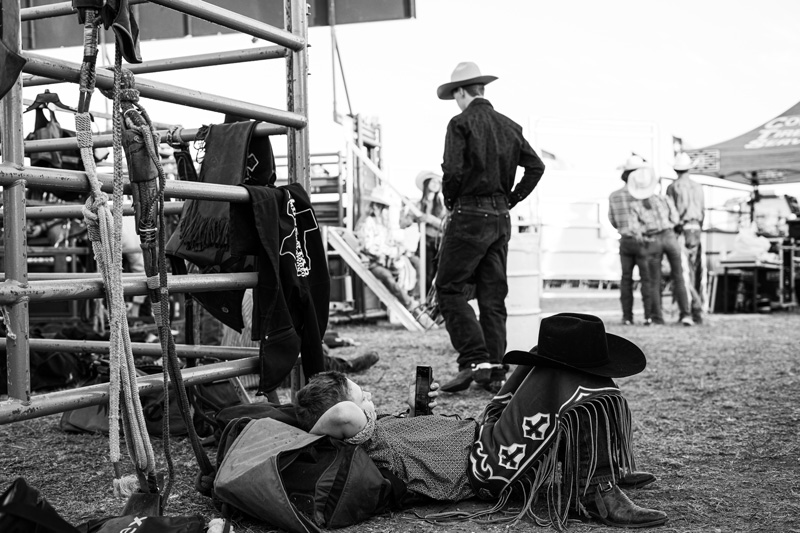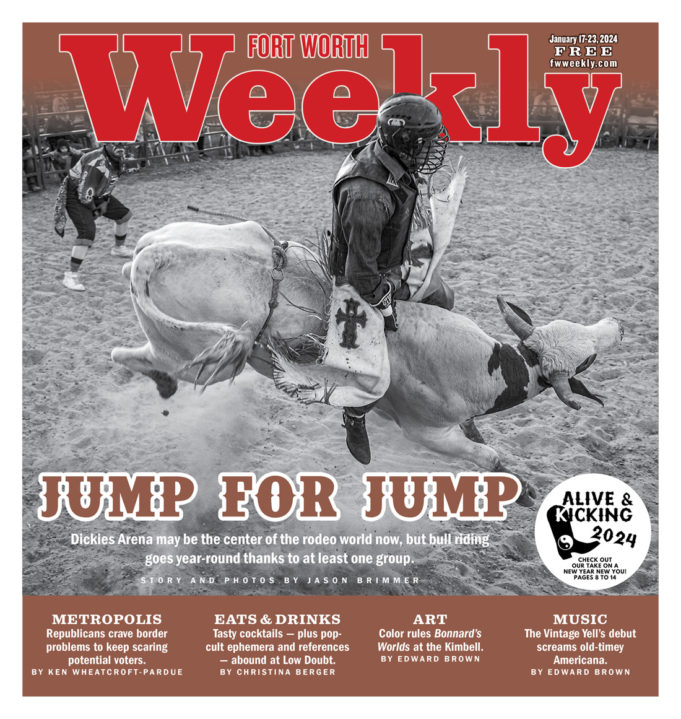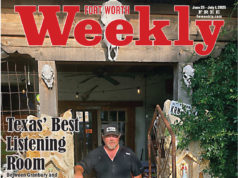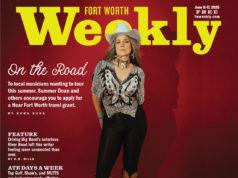The cowboy is holding a helmet in his hands, rubbing a thumb across the thin metal bars meant to protect his face should things go wrong. A look of deep contemplation tightens up his youthful features. I doubt he can hear the roar of the crowd, even though they’re less than 100 feet away. He also probably doesn’t even realize that I am here, too, close enough to reach out and grab his arm as my camera clicks away.
“Are you ready for some bull riding?” the announcer says from the skybox.
The crowd cheers. The young bull rider pulls on his helmet and calmly lowers himself into the chute. Weathered hands around him reach down and yank on thick ropes — soothing the bull, pestering it, too — then slap the rider on the back.
The bull, aggravated and ready to run, thrashes inside the too-close-for-comfort chute, banging against the metal rails. The animal throws its head back — cowboys are a nimble lot, and those clinging to the rails by nothing more than the sharp heels of their boots dance out of the way, dodging the horns as if stepping over a stone. Someone asks the rider if he’s ready.
A pair of bullfighters watch the commotion from their place in the small arena. Just beyond them, the crowd waits for the gate to open. Rodeo Hall of Famer Kelly Clark stands toward the back of the arena and announces that “this is gonna be a good one!”
Clark ought to know. He figures that over the course of his 32 years in the rodeo, he rode more than 3,000 head of bucking bulls.
“You know how you ride a bull?” he had asked me earlier that day. “Jump for jump, and you don’t open your hand [off the reins] until the back of your head hits the ground.”
For the past 14 years, Clark has been busy putting on rodeos in small municipalities all over North Texas. The first took place in Haslet, and the event was so successful that first the City of Justin and then Ponder came calling, eager for Clark to put on similar events there. Since then, he has hosted at least 10 rodeos every year.
“The production and the presentation [are] paramount,” Clark said, explaining that his team goes to great lengths to replicate the polish and professionalism that you would expect at Dickies Arena but on a scale where everyone in the audience is close enough to see the expression on the rider’s face as he and his bull come out of the gate.
Given the relatively small footprint of his mobile arena, about 100 feet across, Clark’s production company, Chute 2 Productions, can host a show almost anywhere, be it a parking lot, the middle of a town square, or right on the beach — Granbury’s Bulls on the Beach is always a big hit, he said.
As I watch the young bull rider settle in on the back of his animal, I wonder if that’s what’s going through his head.
When I asked Clark, he replied, “When you crawl down into that chute … all you’re thinking about is tending to business.”
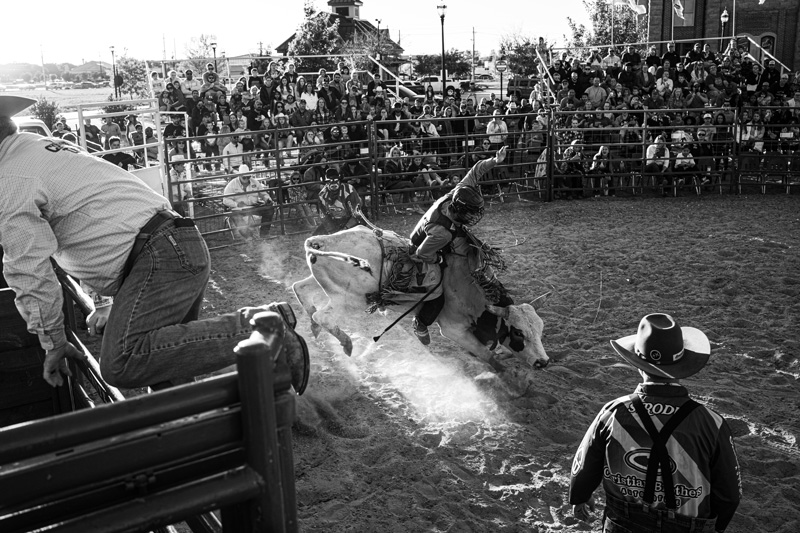
Photo by Jason Brimmer.
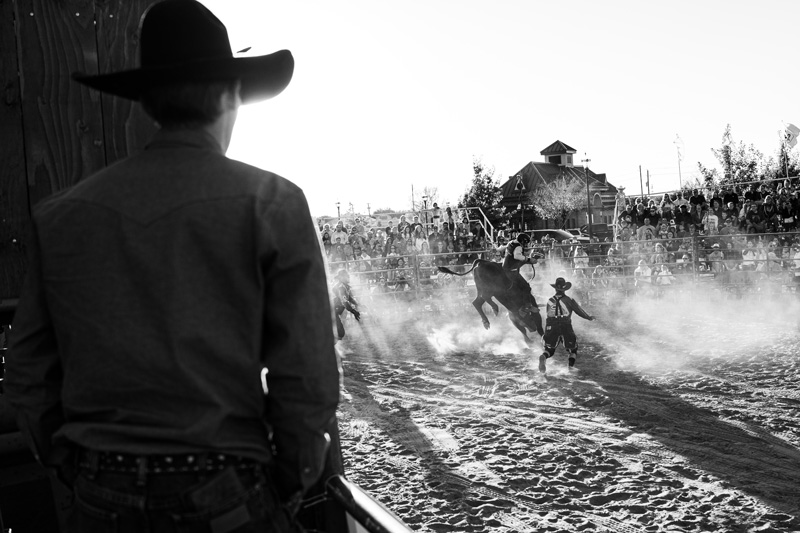
Photo by Jason Brimmer.
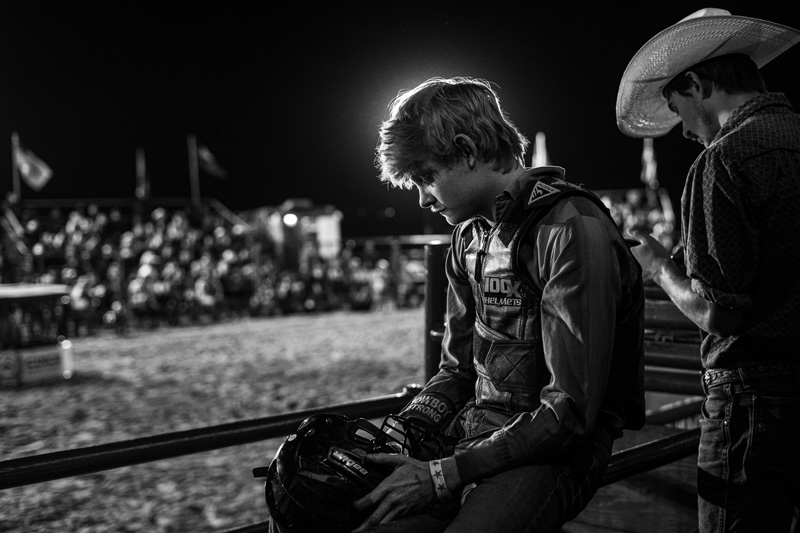
Photo by Jason Brimmer.
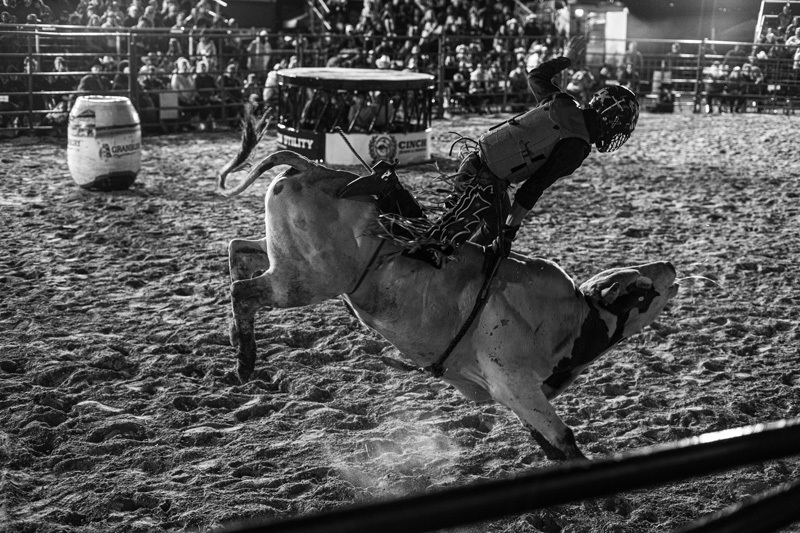
Photo by Jason Brimmer.
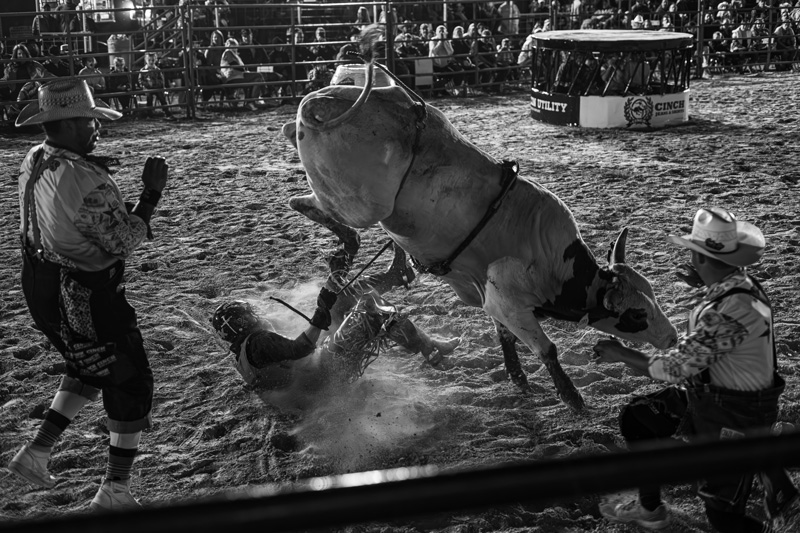
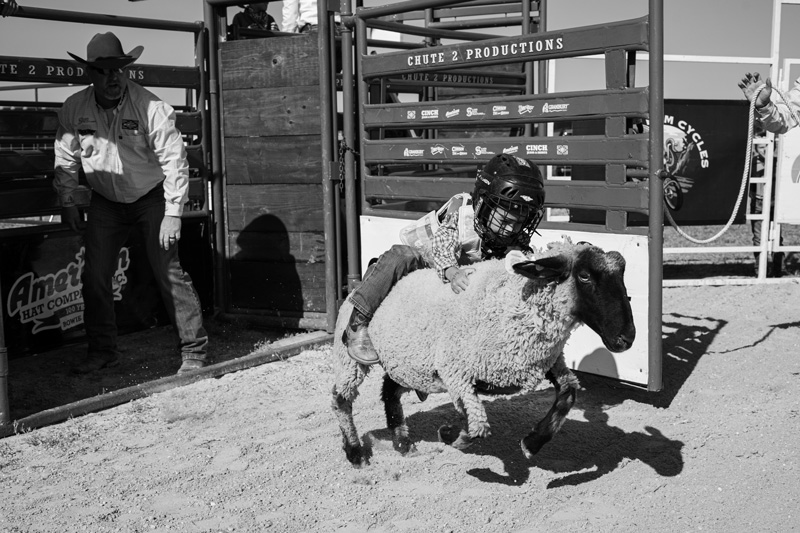
Photo by Jason Brimmer.
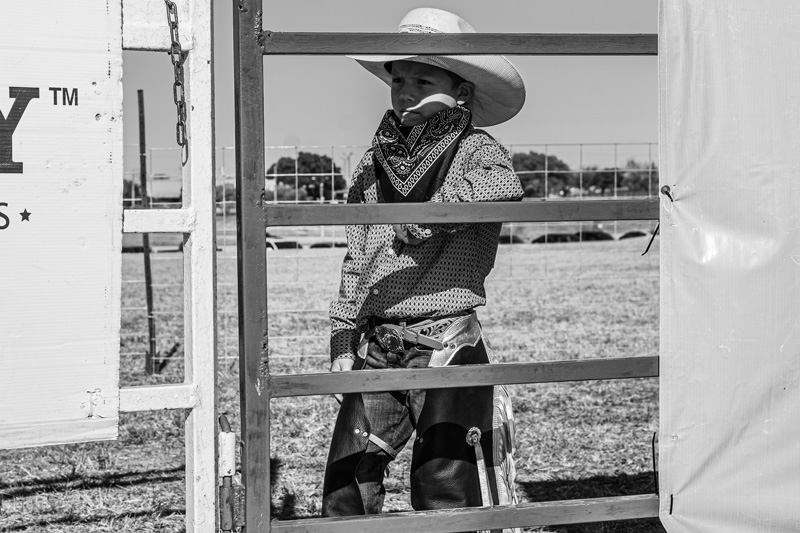
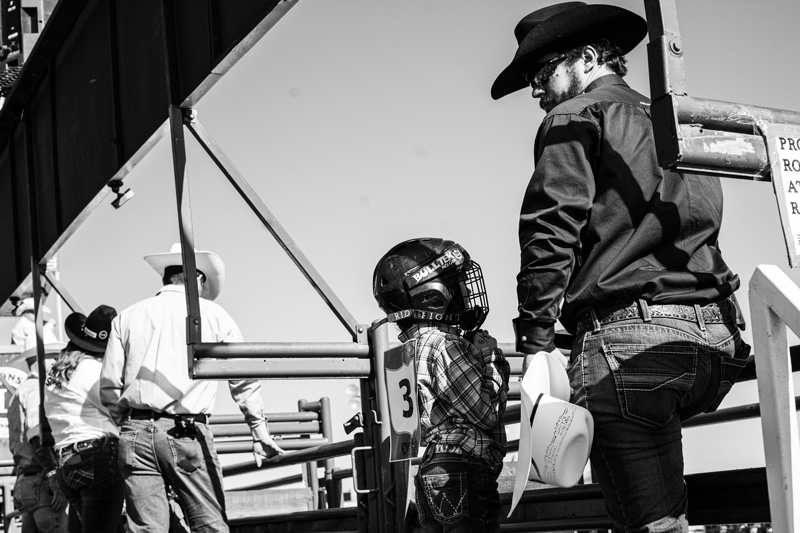
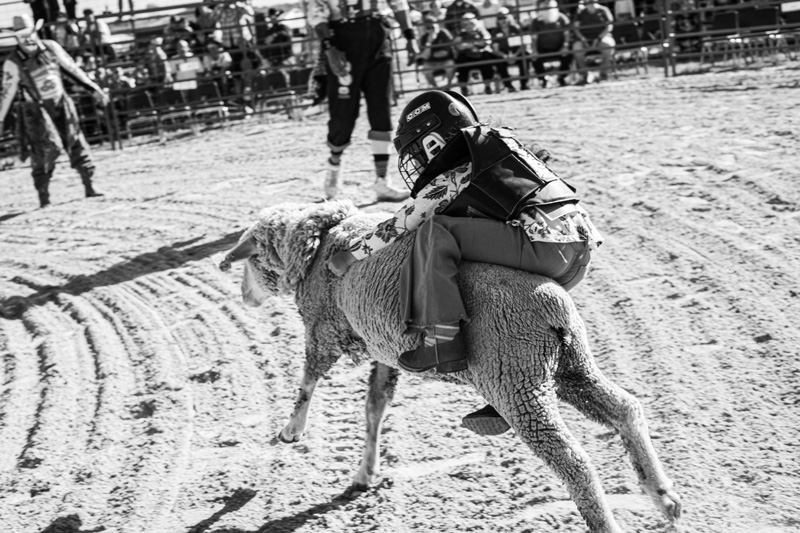
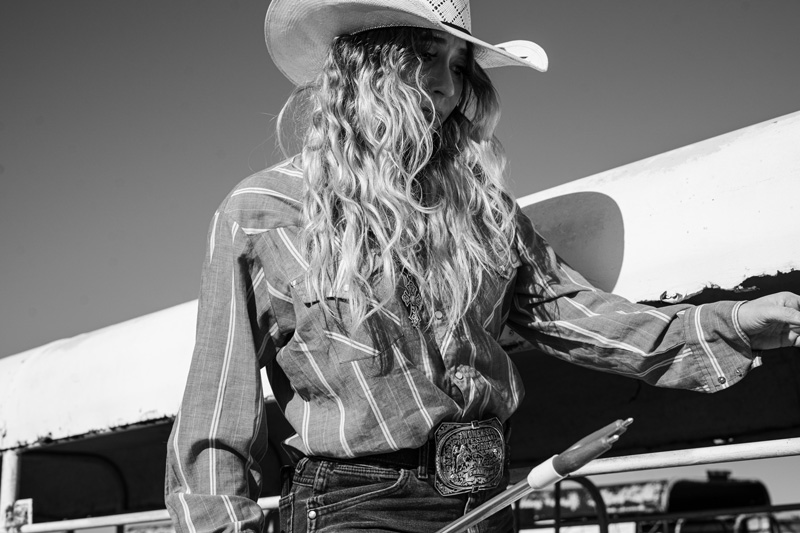
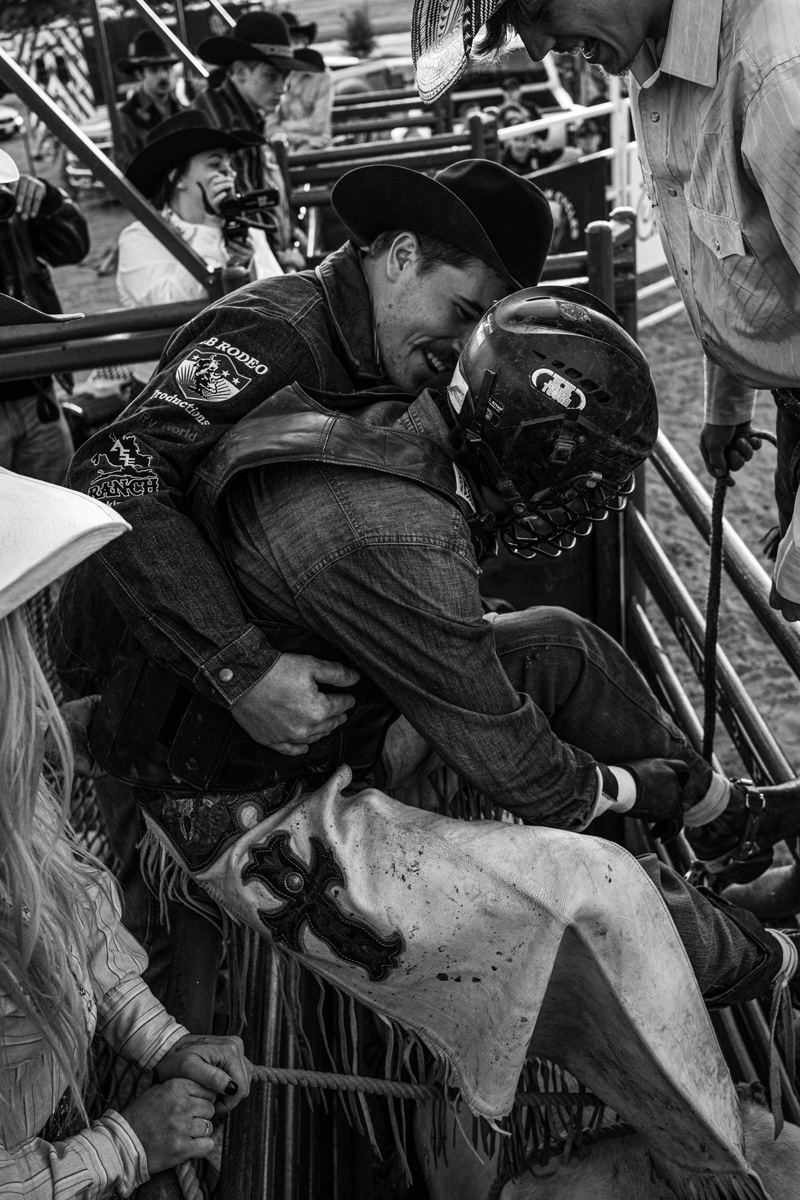
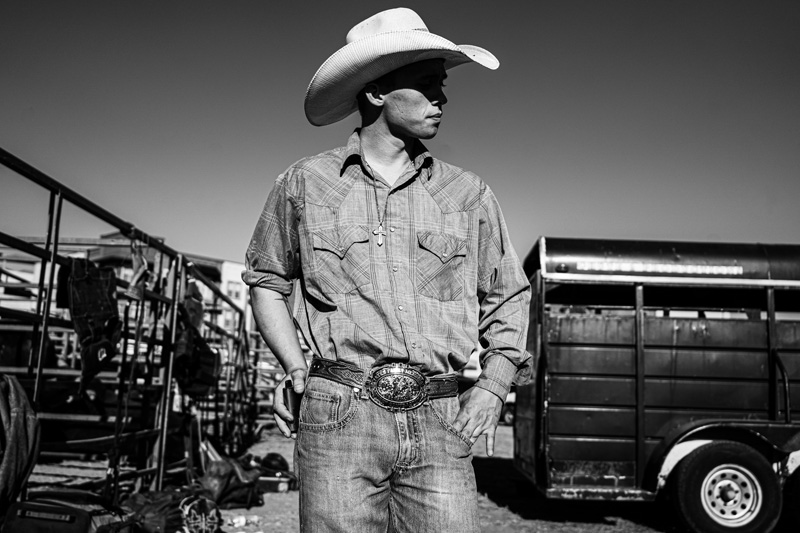
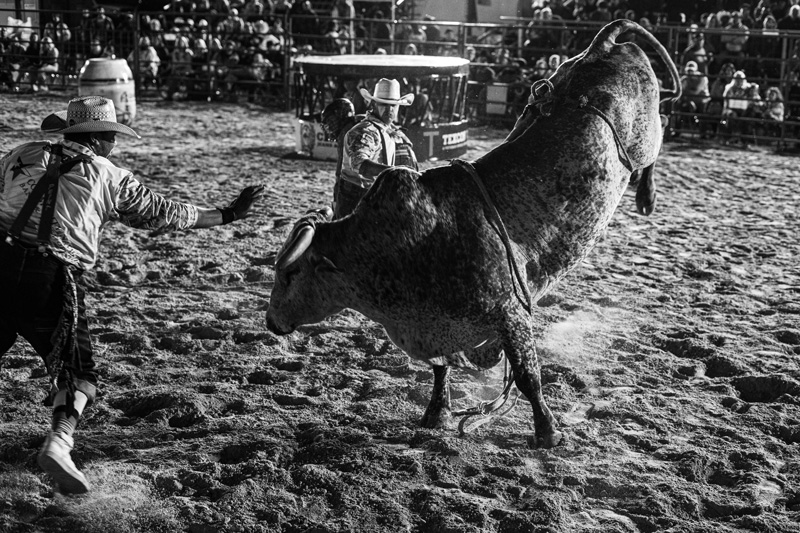
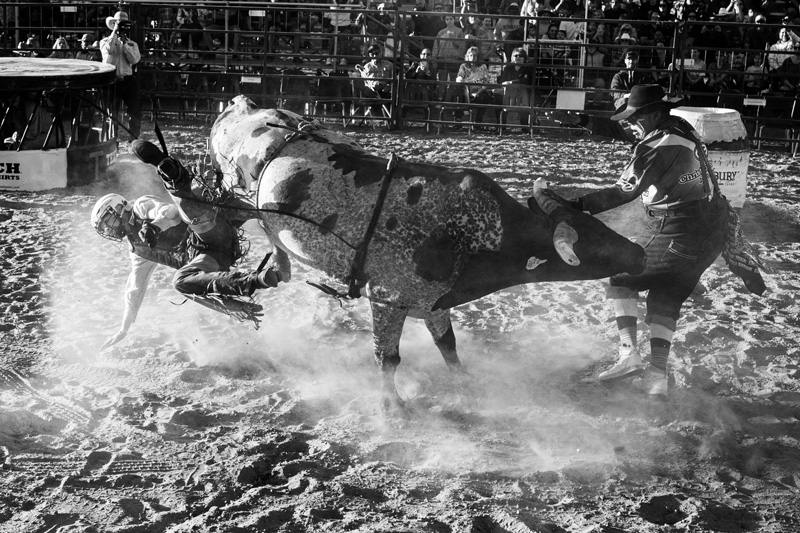
Photo by Jason Brimmer.
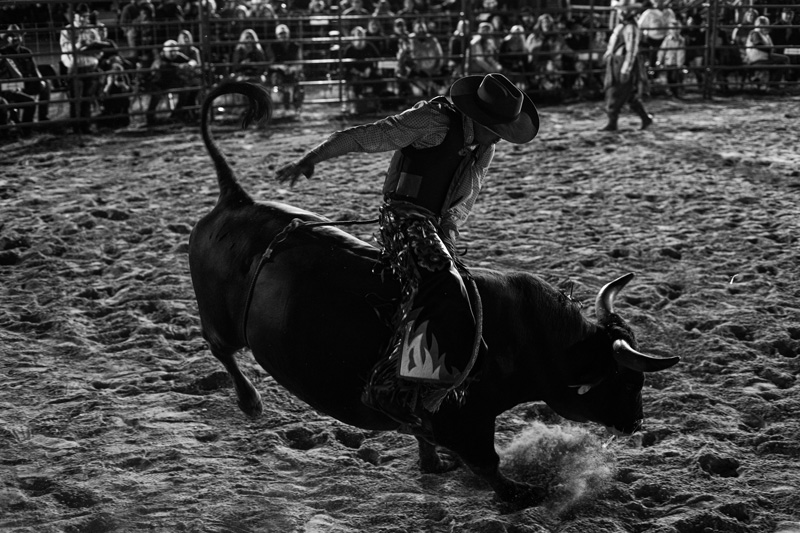
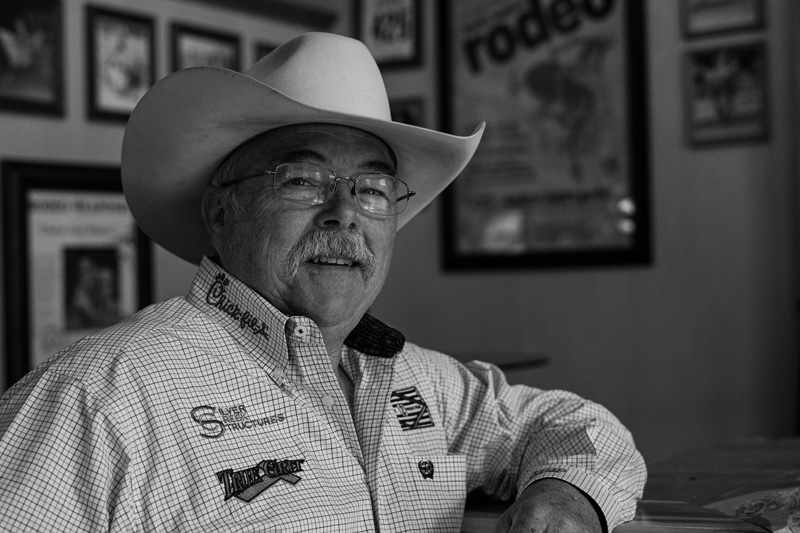
Photo by Jason Brimmer.
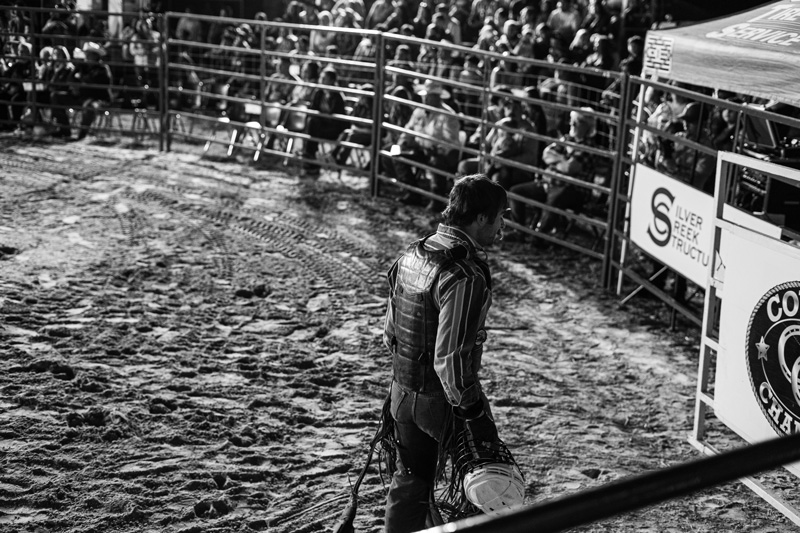
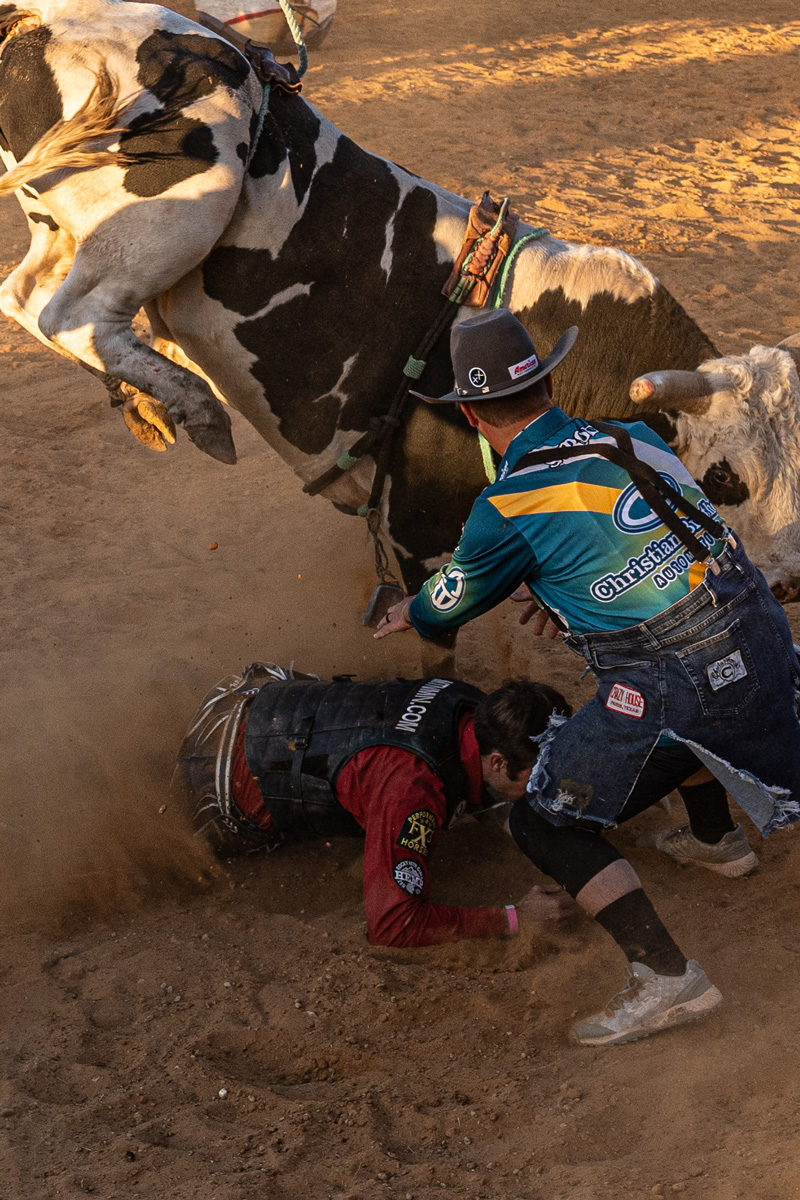
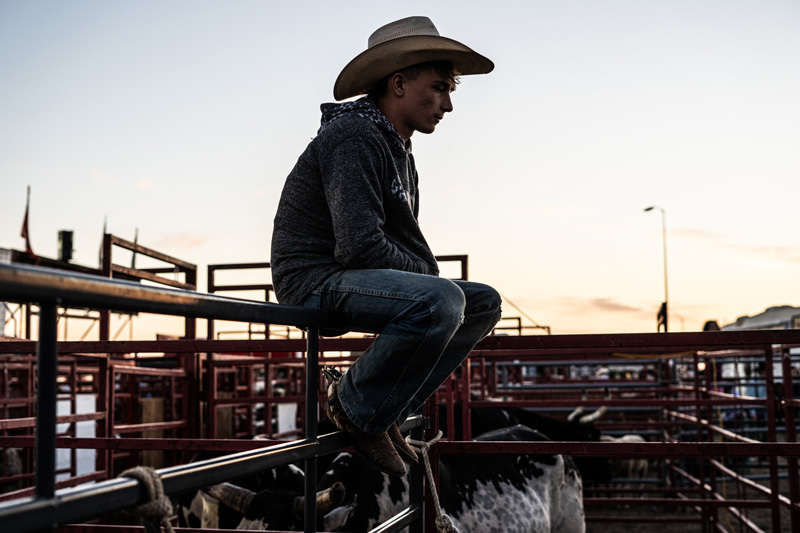
Photo by Jason Brimmer.
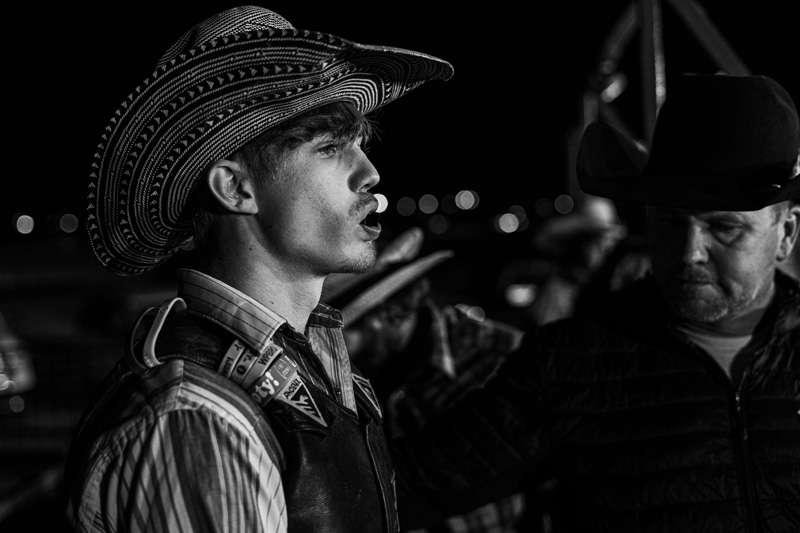
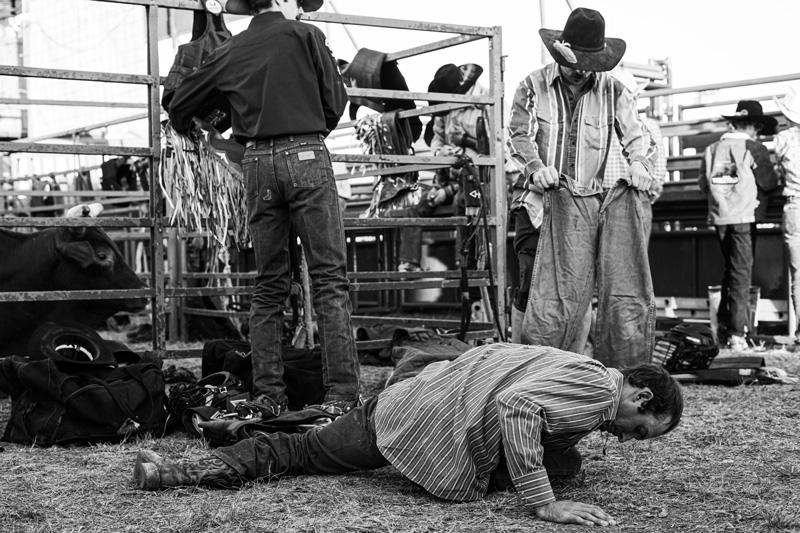
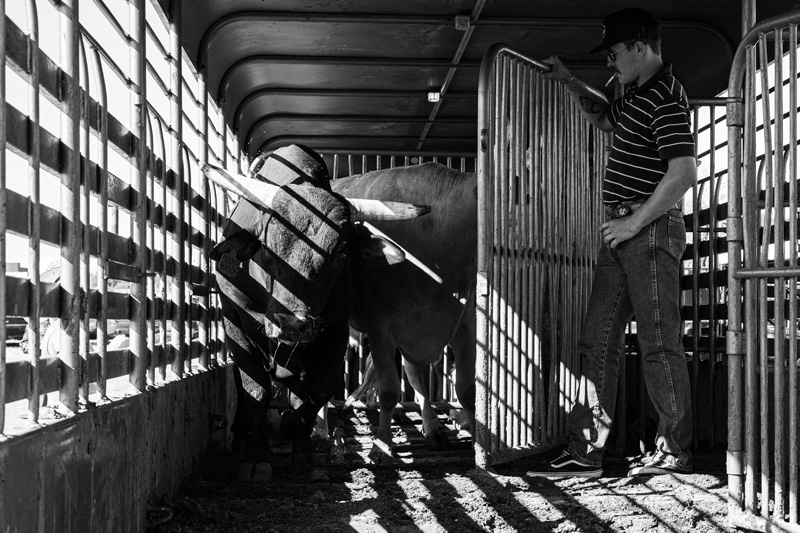
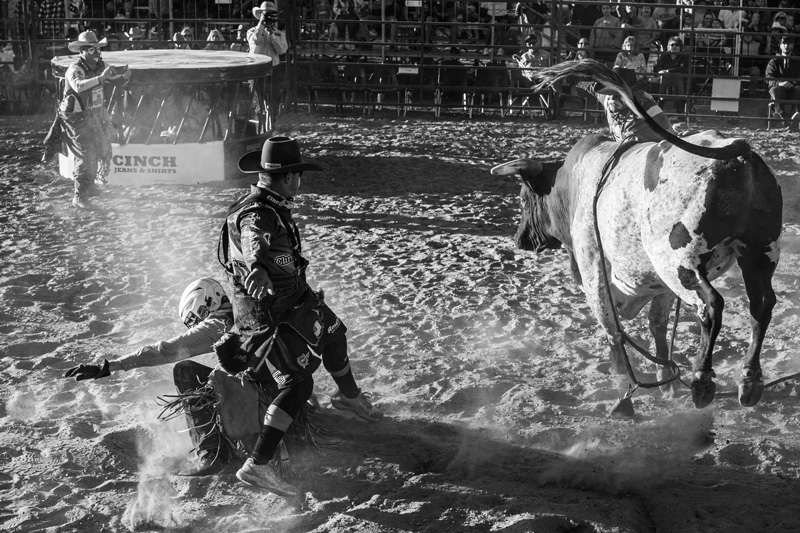
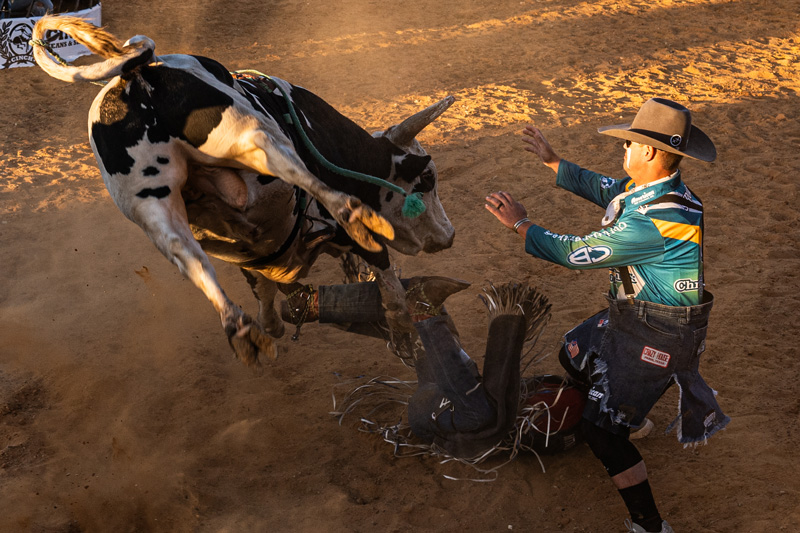
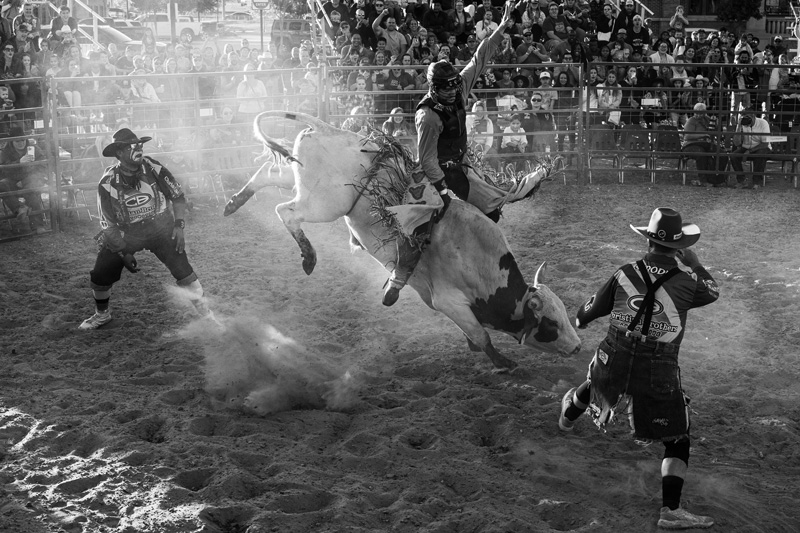
Photo by Jason Brimmer.
